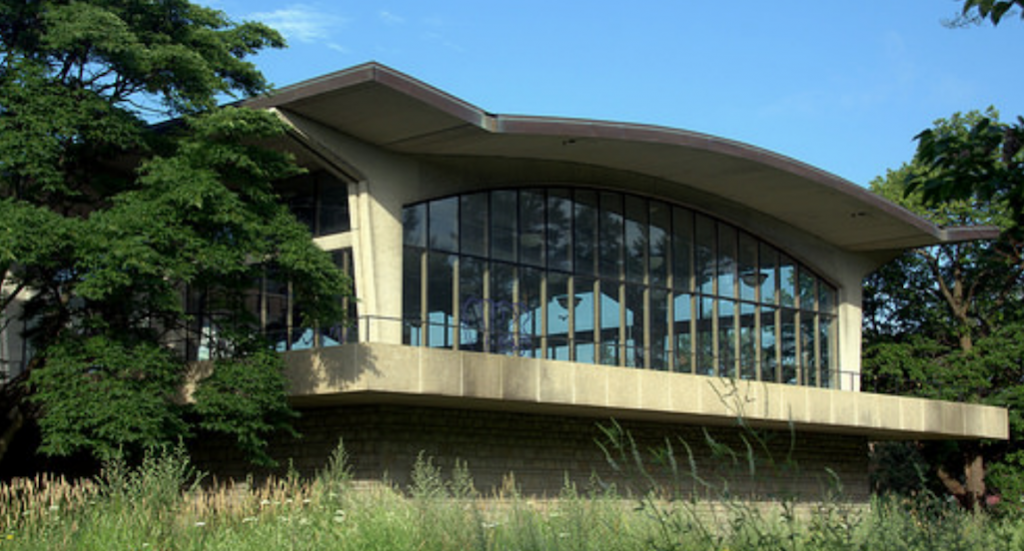Civic hospital plan may not save Sir John Carling heritage building
By Brier Cook
The last remaining building of the Sir John Carling complex, on the site of the future Civic hospital campus, may not be worth saving, according to Heritage Ottawa president David Jeanes.
The Ottawa Hospital is moving forward with plans to build a new Civic campus at the Central Experimental Farm property on the south side of Carling Avenue just west of Preston Street.
The building plans left some heritage enthusiasts disappointed that the last remaining structure of the former Carling complex, a vacant 1960s-era cafeteria building, could be demolished to make way for the project.
The complex, named after Sir John Carling, a 19th-century federal agriculture minister under Sir John A. Macdonald, was mostly demolished in 2014. The location was approved in late 2016 by Canadian Heritage Minister Mélanie Joly as the site for the new hospital campus. Now, all that remains is the old cafeteria.
The Sir John Carling Building was granted heritage designation in 2004 by the Federal Heritage Building Review Office. The cafeteria was recently re-evaluated by the FHBRO. Out of a possible 100 points, Jeanes says that the building scored 51, the lowest possible score for a recognized heritage building.
“I understand that the hospital’s architects will look into whether the structure can be incorporated into the new hospital,” Jeanes said in an email exchange.
Jeanes said that if architects cannot reasonably integrate the cafeteria into the project, they must obtain a demolition permit before moving forward. And he said the building’s location in the middle of the site would make it difficult to incorporate in the new development.
“Given that it is in the middle of the site, that might be a challenge, if not in fact impossible,” Jeanes said.
Matthias Levesque, an architectural and heritage enthusiast in Ottawa, said he doesn’t think that the cafeteria building is worth incorporating into the new building plan.
“It has a lot of asbestos to remove and retrofitting to codes would be very expensive,” Levesque said. “On top of that, it barely attained the requirements to gain heritage preservation status.”
Leslie Maitland, past president of Heritage Ottawa, said that if it’s not feasible to incorporate the cafeteria into new plans, the hospital should consider ways to incorporate significant heritage features.
Doug Wilson, who frequently visits the current Civic campus for his work in the hospital’s pathology lab, said he fears saving the cafeteria will cost more than it’s worth.
“The possible delay, extra expenses and risk of a heritage boondoggle are not acceptable in the build of a much-needed hospital,” Wilson said. “Sure I’d like to see it saved, but at what cost?”
One of the cafeteria building’s key features, an important mural painted by Canadian artist Takao Tanabe, has already been moved to another building on the site. When hospital construction is complete, the murals may be rehung in the new Civic as a tribute to the site’s heritage.
The new hospital campus will feature underground parking, more green space and will be one kilometre closer to residents in the downtown area. It will also be nearly twice the size of the existing Civic campus.
For now, heritage enthusiasts seem unconcerned about the cafeteria.
“Heritage buildings are important to preserve for history,” Wilson said, but “not all of them.”

